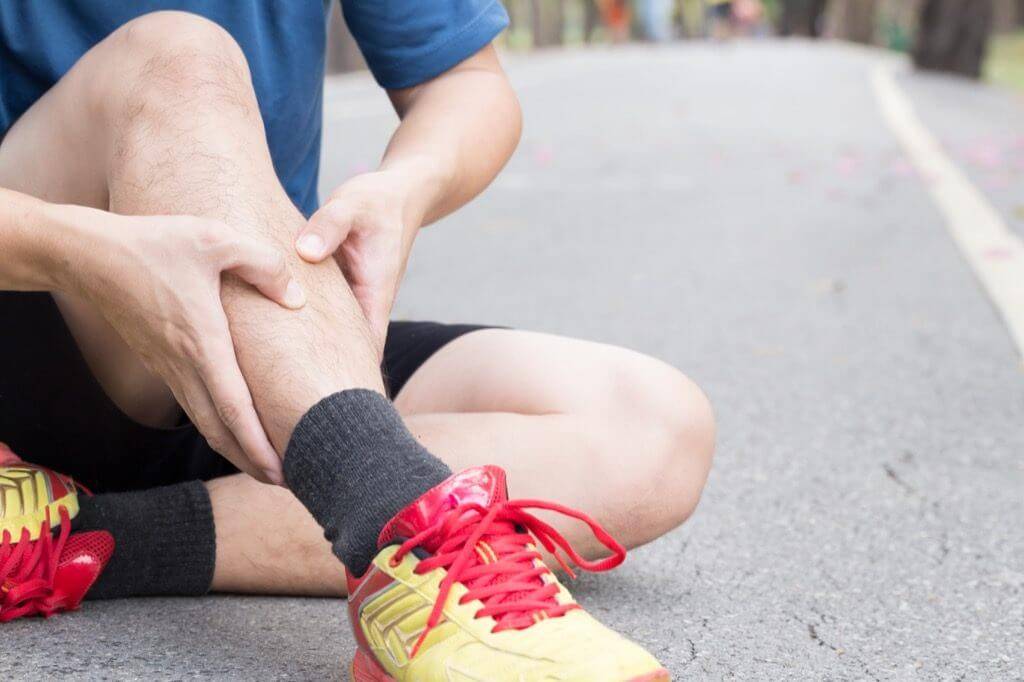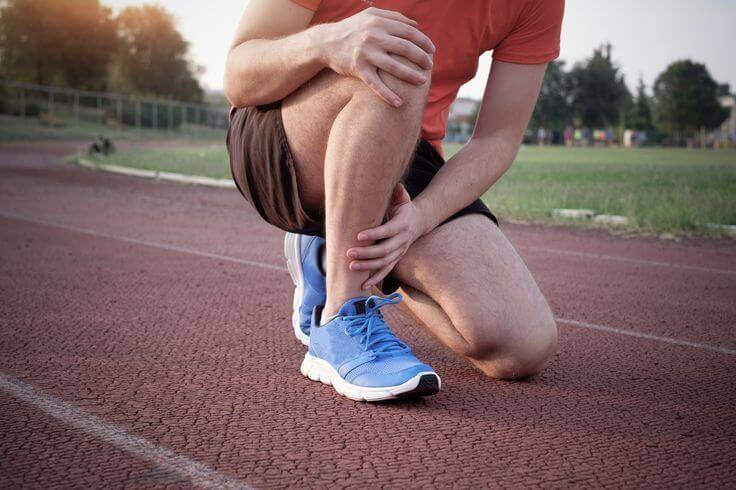
ORTHOTICS: PREVENTING SHIN SPLINTS
Custom orthotics are designed to reduce the amount of pressure that is distributed to the legs and feet while being physically active. By limiting leg muscles rubbing against the tibia( leg bone) we can reduce inflammation and future occurrence of shin splints.
What Are Shin Splints?
Shin splints, or “medial tibial stress syndrome (MTSS)”, is a common injury caused by intensive physical activity. In most cases it’s the by-product of repeated trauma to the connective muscle tissue surrounding the tibia. This condition is very common and affects those who are physically active, as well as various athletes of all levels which may be mentioned on betting sites such as 해외배팅사이트. Shin splints are the most common amongst athletes and people with flat feet. When suffering from shin splints, the common misconception is to “run through the pain”. However, ignoring shin splints can potentially lead to more serious injuries, such as a stress fracture.
Causes of Shin Splints
The simple cause of shin splints is an overload of the muscles, tendons and connective tissue within the lower extremities. The muscle attached to the two leg bones, the tibia and fibula, becomes inflamed when overworked, thus causing tremendous pain within the shin area. Repetitive flexing and impact of the leg muscles are the most common causes of shin splints. Physical activities such as jogging, walking, tennis, soccer, dance and weight lifting activities, can involve constant pounding on the feet and legs, which can cause shin inflammation if the activity is prolonged.
Symptoms of Shin Splints
With physically active individuals, shin splints can be triggered after vigorous and prolonged activity. People who have been inactive for a long period of time could potentially experience the symptoms during the initial phases of their exercise sessions.
Most athletes experience shin splint symptoms at the end of their sports session. Often, pain appears in the early stages of a workout, gradually decreasing mid-way through the session, only to reappear at the end. The pain may be dull and achy initially. Eventually, with repetitive exertion and trauma, the inflammation can worsen to the point where running, walking or normal weight bearing can become extremely painful.
Relief from Shin Splints
Wearing appropriate footwear with proper cushioning is one of the best ways to prevent shin splints initially. Shin splints can progress into a stress fracture if not treated properly. In most cases, shin splints can heal completely with the appropriate footwear.
Custom orthotics are designed to reduce the amount of pressure that is distributed to the legs and feet when being physically active, which in turn will limit leg muscles rubbing against the tibia and cause less inflammation.
It is important to choose an orthotic that is not too flexible, nor too rigid. An orthotic that is firm doesn’t provide adequate shock absorption during impact activity. If the material or design of the orthotic does not compress adequately, the shock generated from your foot striking the ground is transmitted back into the injured area when force is applied.
On the opposite end of the spectrum, an orthotic that’s too “cushiony” may fail to alleviate the symptoms of shin splints because the support they provide is inadequate. Regardless of the insoles you ultimately choose, it is important to break them in over a prolonged period of time. Your foot may not be accustomed to the level of support a new insole provides, and it may take some time for the muscles and ligaments to acclimate.
For those experiencing shin splints and shin discomfort, book your free consultation at Pro Motion Healthcare TODAY to get your custom 3D-orthotics, and say good-bye to shin splints.


